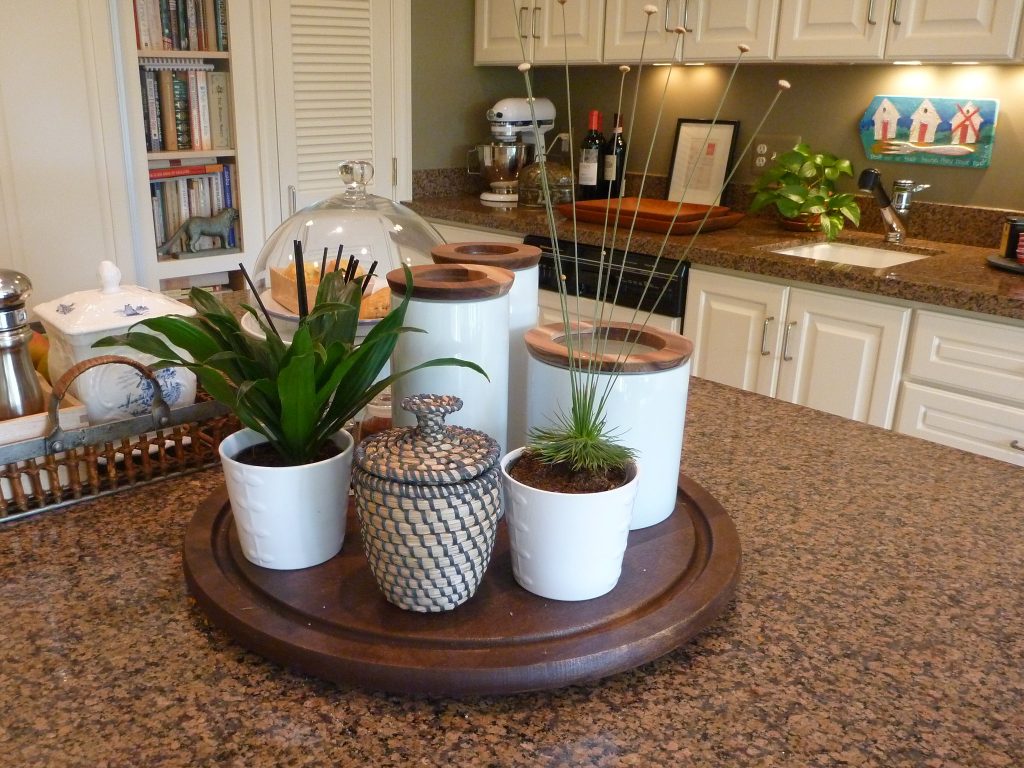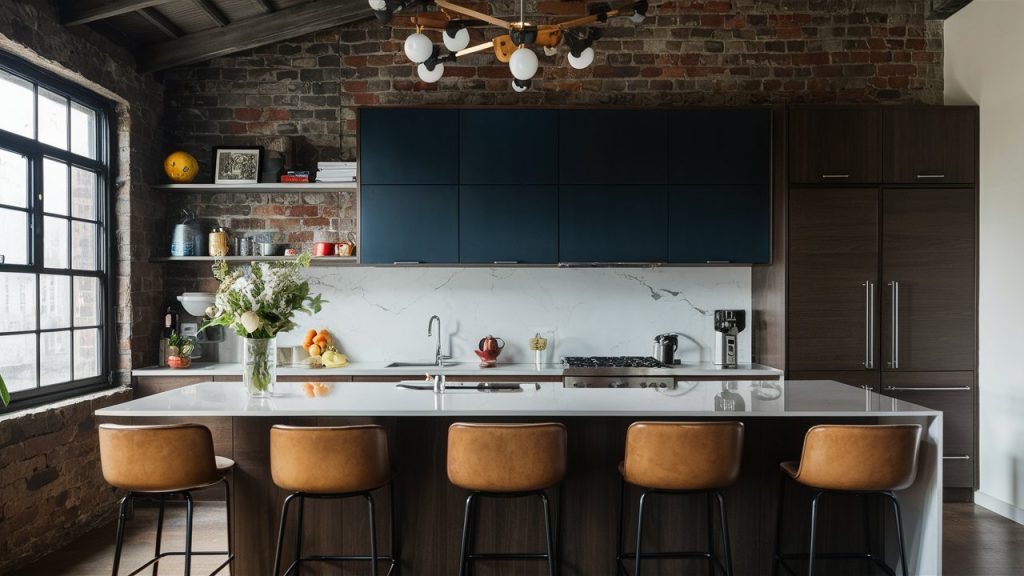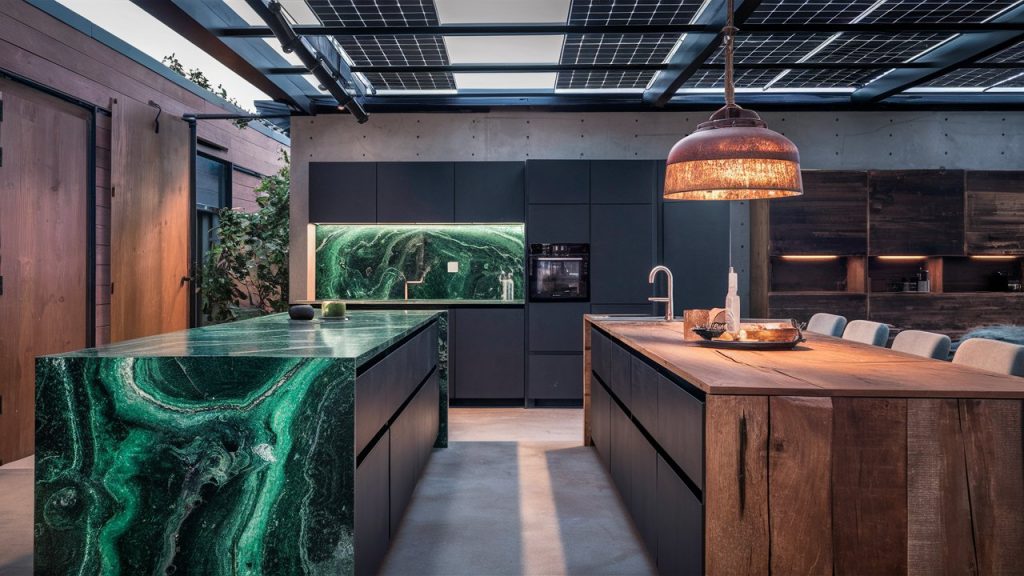Kitchen countertop granite has become one of the most popular materials for kitchens, thanks to its durability, elegance, and timeless appeal. While granite countertops add value to your kitchen, they can be an expensive investment. Getting the best price on kitchen countertop granite requires a combination of research, timing, and negotiation skills. In this article, we’ll explore how you can save money without compromising on quality, from understanding pricing factors to finding the best suppliers and installation options.
Key Takeaways
- Granite countertops offer unmatched durability and style, making them a popular choice for kitchens.
- Prices vary based on granite type, color, size, and installation method.
- Researching multiple suppliers, understanding hidden costs, and negotiating are crucial to getting the best deal.
- Installation can significantly increase the total cost, but there are ways to minimize these expenses.
- Regular maintenance will keep your granite countertops looking fresh for years to come.
Table of Contents
Understanding Kitchen Countertop Granite and Its Value
What is Kitchen Countertop Granite?
Granite is a naturally occurring rock formed from cooled molten magma, which gives it unique color variations and patterns. It’s one of the most durable materials available for kitchen countertops, known for its resistance to heat, scratches, and stains. Granite is quarried in large slabs and cut into manageable pieces, which makes it ideal for kitchen countertops.
Granite offers a luxurious aesthetic with its rich color palette, ranging from deep browns and reds to lighter whites and grays. Its natural veins and patterns give every slab a one-of-a-kind look, contributing to its appeal in high-end kitchens. However, the cost of granite can fluctuate depending on factors such as type, color, and pattern complexity.
Why Granite is Worth the Investment
When you invest in kitchen countertop granite, you’re not just paying for a surface but for a durable, long-lasting material that adds beauty to your kitchen. Unlike other materials, granite can handle high heat, sharp knives, and everyday kitchen activities without showing significant wear and tear. This makes it ideal for busy families who use their kitchen frequently.
Moreover, granite is resistant to bacteria and is very easy to clean, making it a practical choice for a hygienic cooking space. While it does come with a higher upfront cost, its long lifespan and low maintenance costs make it a sound investment in the long run.
Different Types of Granite and Their Price Variations
Granite comes in various grades and types, each with different pricing structures. Understanding these variations will help you make an informed decision:
- Standard Granite: This is the most common type of granite, offering neutral tones such as beige, white, or gray. It’s the most affordable option, with prices generally ranging from $40 to $60 per square foot.
- Exotic Granite: Exotic varieties of granite feature unique colors and patterns that are rare, such as blue, red, or green. These types can significantly increase the price, ranging from $70 to $100 per square foot, or even higher for the rarest options.
Additionally, some granite may feature intricate veining or patterns, which also influence price. The rarer the pattern, the higher the price. Choosing a more common granite type with simple patterns can save you money while still offering the high-end look of natural stone.

Factors That Influence the Cost of Kitchen Countertop Granite
The price of kitchen countertop granite depends on several key factors. By understanding these factors, you can make informed decisions to ensure you get the best value for your investment.
Quality of Granite
Granite quality is one of the most significant factors influencing the price. Higher-quality granite comes from select quarries where the stone is cut and polished to a higher standard. Premium granite slabs are thicker, denser, and less porous, making them more durable and easier to maintain. On the other hand, lower-grade granite can have imperfections and require more maintenance over time.
When purchasing granite, you should always consider the quality relative to the price. If you’re on a budget, a standard granite variety will be sufficient, but if you want something unique and durable, investing in a high-quality slab could be worth it.
Granite Color and Pattern
Granite colors range from classic whites and grays to bolder shades like deep reds, greens, and blues. The rarer the color and pattern, the higher the price. For instance, granite colors like black, white, and gray tend to be less expensive because they are more commonly found in quarries, while exotic colors like blue and green can command a premium price due to their rarity.
Furthermore, the veining and patterns on granite add to its visual appeal but also its cost. Unique veins, swirls, and intricate patterns are more expensive because they are harder to find and create. Choosing a simpler granite with less complex veining can help you save on overall costs.
Size and Layout of the Countertop
The size of the granite countertop directly affects the price. Larger countertops require bigger slabs, which increase both the material and transportation costs. A smaller kitchen may only require a single slab, but a larger kitchen with expansive counters or an island will need several slabs, raising the cost.
The layout of the countertop also plays a role. If you have a kitchen with complex shapes or custom cutouts for sinks, stoves, or other appliances, the complexity of the cuts can increase installation fees. For example, cutting granite for a circular island or corner countertop will be more expensive than simple, straight edges.
Supplier and Location
Different suppliers offer different prices based on location, availability, and overhead costs. Suppliers in metropolitan areas may have higher prices due to increased demand and transportation costs, while those located near granite quarries may offer more competitive rates. It’s also important to consider delivery fees, especially if you’re purchasing granite from a supplier located far away.
Choosing a local supplier is often a smart strategy, as they tend to have lower shipping costs and may be more flexible with pricing. However, it’s always wise to get quotes from multiple suppliers to compare costs.

How to Find the Best Suppliers for Kitchen Countertop Granite
Finding the right supplier can make all the difference in securing a great deal on kitchen countertop granite. Here’s how to identify reputable suppliers and negotiate the best price.
Online vs Local Showrooms
Both online and local showrooms have their benefits and drawbacks when purchasing granite. Online stores often have a wider selection, but you may be unable to physically inspect the granite before making a decision. On the other hand, visiting a local showroom allows you to see and feel the stone, helping you make a more informed choice.
While local suppliers may offer more personalized service and lower shipping costs, online retailers might offer better discounts or more variety. Ideally, you should explore both options before making your final decision.
Key Considerations When Choosing a Supplier
When selecting a supplier, reputation and reviews are crucial. You’ll want to work with a company that has a proven track record of quality products and customer service. Always ask for references or look for online reviews to get a sense of their reliability.
Key things to consider when choosing a supplier include:
- Warranties: A reputable supplier will offer a warranty on their granite, covering defects or damages.
- Return Policies: Make sure the supplier has a fair return policy in case the granite doesn’t meet your expectations.
- Customer Support: Good customer support ensures you’ll get assistance in case there are issues with the granite after installation.
How to Negotiate Prices with Suppliers
Granite prices are often negotiable, especially if you’re purchasing a large quantity or are flexible on your selection. Here are some tips for negotiating:
- Ask for Discounts: Suppliers may offer discounts on overstocked items or discontinued patterns.
- Request Price Matching: If you find a better price elsewhere, ask your supplier if they can match it.
- Look for Seasonal Offers: Many suppliers offer discounts during slower seasons, such as winter months.
Hidden Costs When Buying Kitchen Countertop Granite
While the cost of granite countertops is often the most discussed factor, several hidden costs can significantly increase your total expenditure. Knowing about these costs in advance can help you budget more accurately.
Installation Fees
Installation is one of the most significant hidden costs when buying granite. Professional installation is recommended to ensure precise cutting and fitting. Prices for installation typically range from $30 to $50 per square foot. Installation costs can vary depending on the complexity of the project and the rates charged by installers in your area.
To minimize installation costs:
- Get Multiple Quotes: Reach out to different installers to compare prices.
- Look for Package Deals: Some suppliers offer discounts on installation if you buy the granite from them.
- DIY Installation: If you have the skills and tools, consider installing the countertops yourself. However, be cautious, as improper installation could result in costly repairs later.
Delivery and Handling Costs
Granite is a heavy material, and the cost of delivery can be substantial, especially if you’re purchasing from a supplier far away. Delivery fees can range from $200 to $500, depending on the distance and size of the order.
To reduce delivery costs:
- Choose Local Suppliers: Local suppliers often offer lower shipping fees, and some may even provide free delivery for nearby customers.
- Consolidate Deliveries: If you’re ordering multiple materials for your renovation, try to consolidate deliveries to save on shipping.
Sealing and Maintenance Costs
Granite countertops need to be sealed regularly to maintain their stain resistance and durability. Sealing typically costs $0.50 to $2 per square foot, and it should be done every year or two, depending on the granite type.
While sealing can be done yourself, many homeowners prefer to hire professionals. DIY sealing kits are available at most home improvement stores and can be a cost-effective solution.

Conclusion
Getting the best price on kitchen countertop granite requires patience, research, and careful decision-making. By understanding the factors that influence price and exploring different suppliers, you can save money without sacrificing quality. Additionally, being aware of hidden costs like installation and delivery will help you avoid unexpected expenses. Whether you choose to negotiate directly with suppliers, look for seasonal sales, or install the granite yourself, there are multiple ways to make your dream kitchen more affordable.
Frequently Asked Questions
What is the average cost of kitchen countertop granite?
The cost of granite countertops generally ranges from $40 to $100 per square foot, depending on factors like color, quality, and installation method.
Can I negotiate prices for granite countertops?
Yes, many suppliers are open to negotiation, especially if you’re purchasing in bulk or if you’re flexible with your granite choice.
How much does installation add to the total cost?
Installation typically costs between $30 and $50 per square foot. For more complex installations, the price could be higher.
How often should I seal my granite countertops?
Granite countertops should be sealed at least once a year, though the frequency may vary based on the type of granite.
Can I install granite countertops myself?
While it’s possible to install granite yourself, it requires specialized tools and skills. Professional installation is often recommended.
Are there additional hidden costs when purchasing granite?
Yes, hidden costs include installation fees, delivery charges, and sealing/maintenance costs, all of which should be factored into your budget.
Author Bio

Robert Martin is a passionate blogger and versatile content creator exploring the intersections of personal finance, technology, lifestyle, and culture. With a strong background in financial literacy and entrepreneurship, he helps readers make smarter money moves, build sustainable side hustles, and achieve financial independence.
Beyond finance, Robert shares his insights on home decor and gardening—offering practical ideas for creating beautiful, functional living spaces that inspire comfort and creativity. He also dives into the dynamic worlds of sports and celebrity news, blending entertainment with thoughtful commentary on trends that shape today’s pop culture.
From decoding the latest fintech innovations to spotlighting everyday success stories, Robert delivers content that’s informative, relatable, and actionable. His mission is to empower readers to live well-rounded, financially confident lives while staying inspired, informed, and ahead of the curve.




